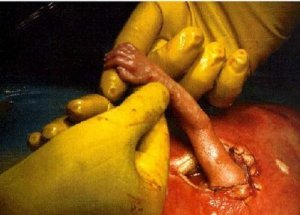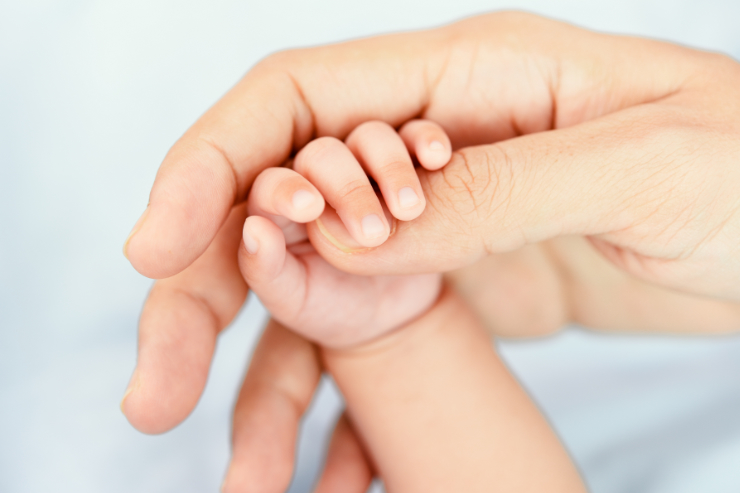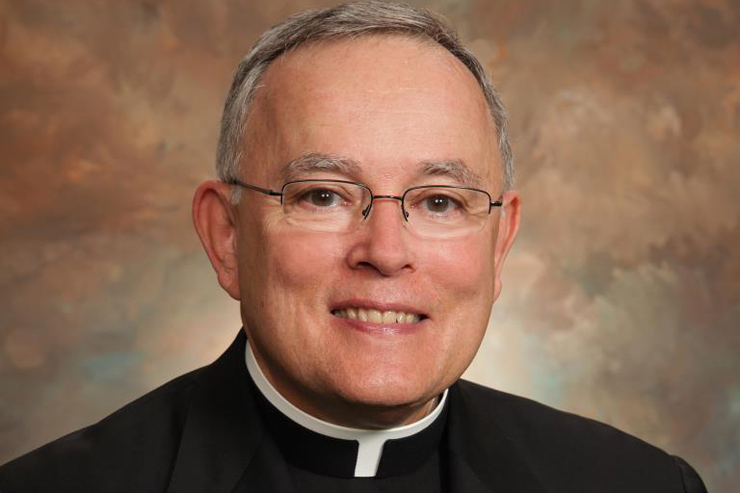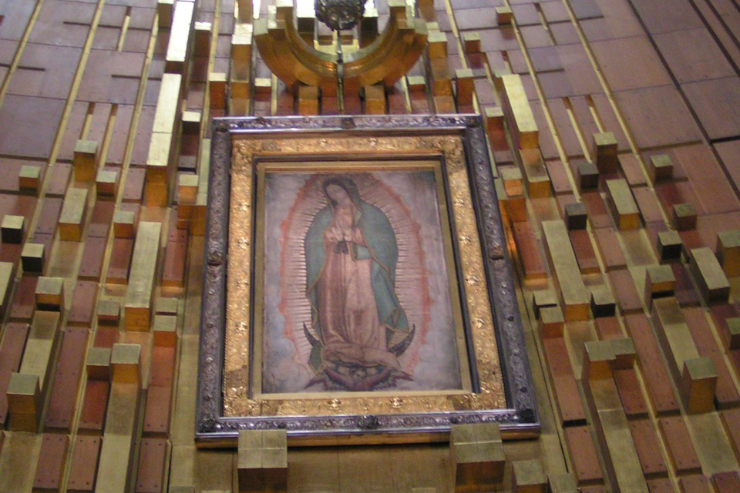 In the year 1508, Pope Julius II ordered a reluctant Michelangelo Buonarroti — who considered himself a sculptor and not a painter—to paint the huge vault of the Sistine Chapel, which, since the time of Sixtus IV, displayed nothing more resplendent than a blue field sprinkled with golden stars. Despite his initial reluctance, Michelangelo soon mastered the difficult technique of painting in fresco and produced the greatest pictorial masterpiece of the Renaissance.
In the year 1508, Pope Julius II ordered a reluctant Michelangelo Buonarroti — who considered himself a sculptor and not a painter—to paint the huge vault of the Sistine Chapel, which, since the time of Sixtus IV, displayed nothing more resplendent than a blue field sprinkled with golden stars. Despite his initial reluctance, Michelangelo soon mastered the difficult technique of painting in fresco and produced the greatest pictorial masterpiece of the Renaissance.
His various frescoes represent episodes from the Book of Genesis. In the center of the ceiling, Michelangelo depicts God-the-Creator vigorously thrusting the index finger of his right hand toward a reclining Adam whose own hand withdraws just enough that a gap appears separating the author of life from his somewhat indecisive recipient. This gap symbolizes the drama of God and man, the divine and the human, the source of life and our hesitation in welcoming it.
But such hesitation or reluctance does not apply to Samuel Alexander Armas. In a photograph which some observers say should be the “Picture of the Decade,” we see the tiny hand of Samuel when he was a 21-week-old fetus reaching up through an incision in his mother’s uterus and grabbing and squeezing the finger of the surgeon who had just performed a life saving, though not life-forming, procedure.
After viewing the picture, which has been celebrated as the “Hand of Hope,” Samuel’s mother wept for days. “The photo reminds us my pregnancy isn’t about disability of illness,” she said, “it’s about a little person.”
Little Samuel had been diagnosed in 1999 as having spina bifida and doomed to an early death unless operated on while still in his mother’s womb. Abortion was not an option for Samuel’s parents. During the operation, Dr. Joseph Bruner exteriorized the uterus via C-section and made a small incision to operate on the unborn child. As he completed the surgery the tiny fetus reached a fully recognizable hand through the incision and firmly grasped the surgeon’s finger. Dr. Bruner was reported as saying that when his finger was grasped in this way, it was the most emotional moment of his life, and that for an instant during the procedure, he was frozen and totally immobile.
The operation was 100% successful. Samuel was born in perfect health. An opportunistic Michael Clancy took the celebrated picture and when he related the extraordinary event that had just transpired to an attending nurse, she replied, rather matter-of-factly, “Oh, they do that all the time.”
A few years later, (then) Senator Sam Brownback (R., Kan.) sponsored a Senate hearing to highlight advances in fetal surgery. Witnesses included Samuel’s parents, Michael Clancy, Dr. James Thorpe (a maternal fetal-medicine specialist), and Samuel himself. During the hearing, Senator Brownback pointed to the “Hand of Hope” picture and asked Samuel if he knew who it was. Easy. “Baby Samuel.” The senator then asked if he knew what had been done to him. Samuel, now three years of age, said, “They fixed my boo-boo.”
While residing in his mother’s uterus, little Samuel was a moral-legal-political paradox. There was no doubt on the part of his parents that their child was, despite his tiny frame and spina bifida, a human being endowed with the right to go on living. Abortion, though legal, was out of the question. Dr. Bruner, law and politics aside, recognized the humanity of his patient and so did the insurance company that covered the bill. Yet some politicians and lawmakers would see nothing immoral about snuffing out Samuel’s life in the womb.
It may be that we sometimes want to derive more from what is symbolic than what is warranted. It is tempting to contrast the grateful finger of Samuel with the reluctant finger of Adam, and draw the conclusion that a child shall lead us. Yet, in this case, the symbols are not mere creations of the imagination. They are firmly grounded in fact. We adults, stricken as we are by a thousand anxieties, often allow our enthusiasm for life to wane. We slide, however slowly and imperceptibly, from being pro-life to being pro-life-without-too-many- inconveniences. The tiny child in the womb knows no such anxieties. He is entirely for life, since life is all he knows. He represents life uncompromised. He is our pro-life role model.
Why would Dr. Bruner find the curling of a fetal hand around his finger to be the “most emotional moment of his life”? A medical doctor who is schooled in science and skilled in surgery is usually not given to sentimental indulgence. Did Dr. Bruner touch the root of life, life in its purity, life uncontaminated by the doubts of a self-indulgent adult world? Did he feel, for that brief moment, like a god whose creature, unlike Adam, welcomed his life-giving touch?
Photographer Michael Clancy said that, “Samuel Armas made more of an impact on this world before he was born than most of us make in a lifetime.” This is a humbling thought for most of us. It is not our achievements that count so much as our love for and dedication to life. A child, indeed, shall lead us. The life of the living is paramount. Little Samuel, by a simple gesture, put this point back into focus for us. And this is why his hand is appropriately called the “Hand of Hope.”
Please help us in our mission to assist readers to integrate their Catholic faith, family and work. Tell your family and friends about this article using both the Share and the Recommend buttons below and via email. We value your comments and encourage you to leave your thoughts below. Thank you! – The Editors














